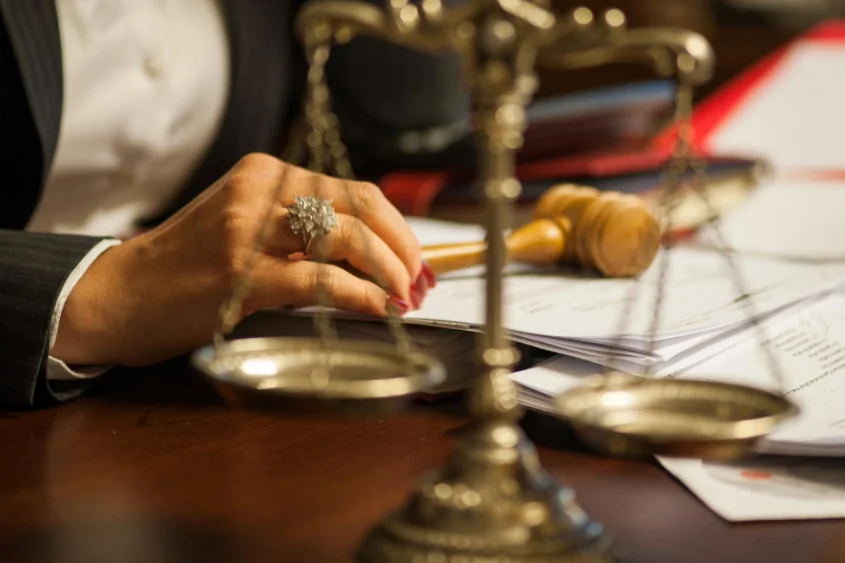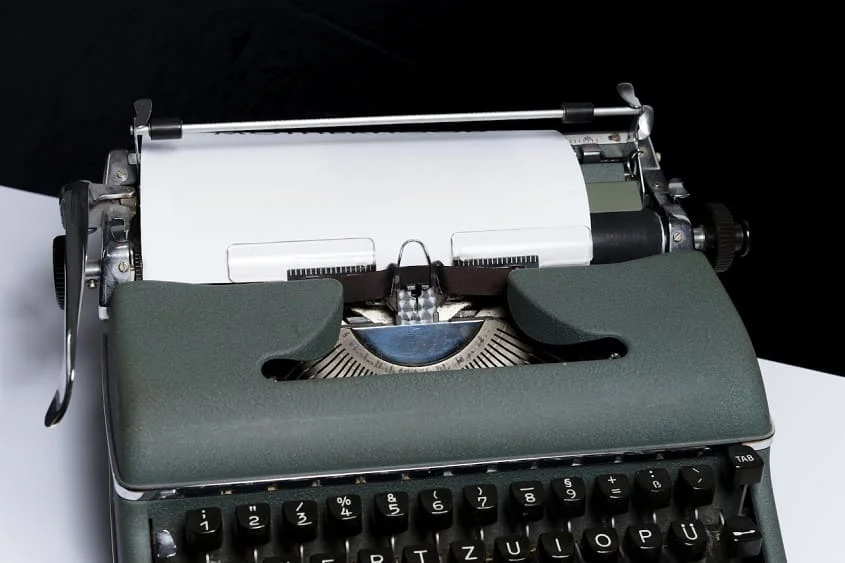Myth vs. Fact: The Realities of Patent Invalidation (Part 1 of the Series)
- November 9, 2023
- By Sarita Thomas
- Read 3 minutes
In the intricate world of patent law, one pervasive belief often looms over discussions among innovators, corporations, and legal experts: the notion that any patent can be invalidated, assuming one has enough time and financial resources. This article seeks to dissect this belief, separating myths from the nuanced patent invalidation realities, a topic of critical importance to patent litigation attorneys in the United States.
Understanding the Myth about Patent Invalidation
At the core of this belief is the idea that, given unlimited resources, any patent can be overturned or invalidated. This perspective implies that the patent system is more susceptible to financial influence than to legal and technical merits. It’s crucial to understand the origins of this myth to appreciate its prevalence in the legal community.
The Reality: Legal and Technical Grounds Matter
The reality is that patent invalidation is a complex process, grounded in legal and technical analysis, rather than a straightforward consequence of financial might. The United States Patent and Trademark Office (USPTO) grants patents based on specific criteria: novelty, non-obviousness, and usefulness. To invalidate a patent, one must provide substantial evidence that these criteria were not met at the time of the patent’s issuance.
The Role of Prior Art in Patent Invalidation
A cornerstone in challenging a patent’s validity is the discovery of prior art. Prior art refers to any evidence that your invention is already known. It includes any related product, publication, or patent that predates the filing date of the patent in question. While it’s true that extensive resources can facilitate a more comprehensive search for prior art, the existence of relevant prior art is not a guarantee. Thus, the assertion that any patent can be invalidated with enough money and time overlooks the possibility that some inventions are truly novel and non-obvious.
Legal Expertise and Strategic Litigation
The role of skilled patent attorneys in this process cannot be overstated. Their expertise in navigating the complexities of patent law, understanding the intricacies of the patented technology, and formulating effective legal strategies is crucial. No amount of financial resources can substitute for the nuanced legal argumentation and technical understanding required in these cases.
The Role of the Patent Trial and Appeal Board (PTAB)
In recent years, the PTAB has become a pivotal forum for patent invalidation efforts, particularly through inter partes review (IPR). The IPR process allows third parties to challenge the validity of a patent based on prior art in the form of patents or printed publications. While financial resources can aid in preparing a robust challenge, the PTAB’s decisions hinge on the merits of the argument and the strength of the evidence presented.
Case Studies: A Reality Check
Analyzing landmark cases provides valuable insights into the realities of patent invalidation. For instance, consider the case of Alice Corp. v. CLS Bank International (2014), where the Supreme Court invalidated Alice Corp’s patents on the grounds that the claims were drawn to an abstract idea. This decision was less about financial resources and more about the application of legal principles to the technical content of the patent.
In contrast, consider cases where patents withstood invalidation attempts despite the challengers having significant resources. These cases underscore that financial and time spending does not always equate to success in invalidation endeavors.
The Limitations of Financial Resources
While financial resources can extend the scope of litigation and afford extensive prior art searches or expert testimonies, they cannot change the inherent nature of the patent itself. A well-drafted, robust patent that genuinely meets all the criteria of patentability can withstand invalidation attempts, regardless of the resources levied against it.
Key Takeaways
The belief that any patent can be invalidated with enough time and money is an oversimplification of the complex, multifaceted reality of patent law. The process of challenging a patent’s validity is grounded in legal and technical scrutiny, where the merits of the argument, the strength of the evidence, and the application of legal principles play a decisive role. Financial resources, while helpful, are not a magic wand; they are but one piece in the intricate puzzle of patent litigation.
For patent litigation attorneys, this means a continuous commitment to legal excellence, deep technical understanding, and strategic acumen. In the nuanced battleground of patent law, these qualities are indispensable in navigating the realities of patent invalidation.
Sarita Thomas
Latest Blogs
Blog Categories
- Intellectual Property (IP) Strategy (84)
- Intellectual Property Asset Management (IPAM) (17)
- IP Monetization (4)
- IP News (7)
- Patent Drafting (2)
- Patent Litigation (6)
- Patent Prosecution (8)
- Patenting (18)









No comment yet, add your voice below!